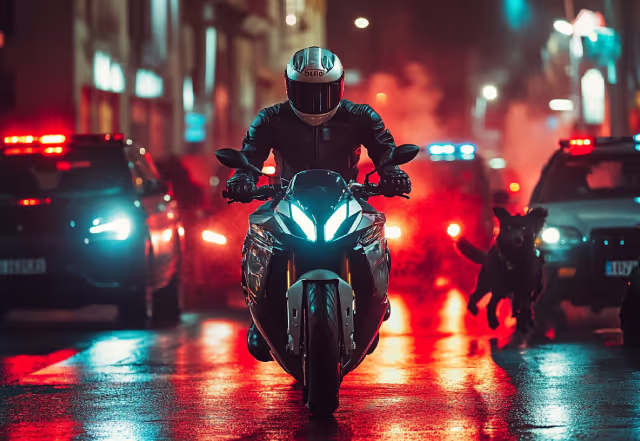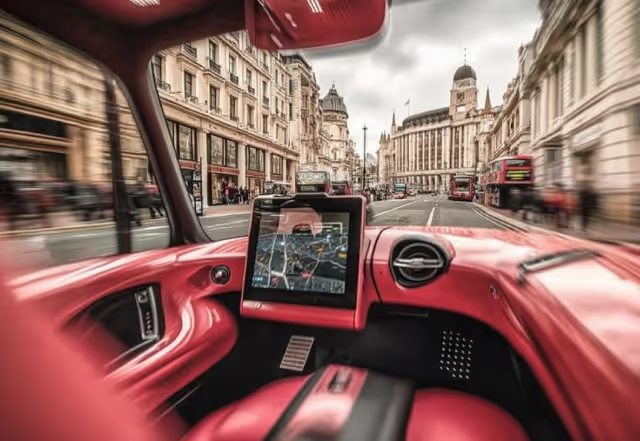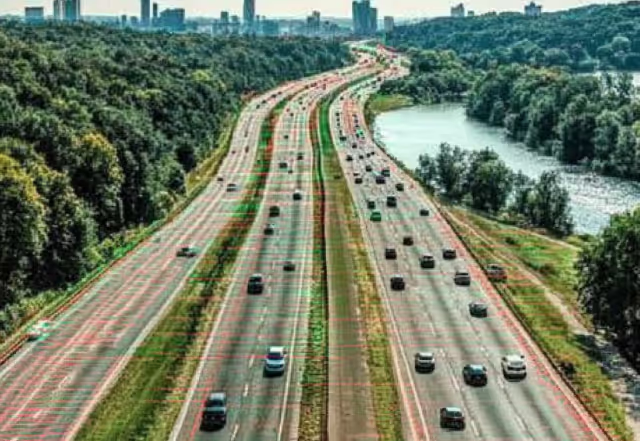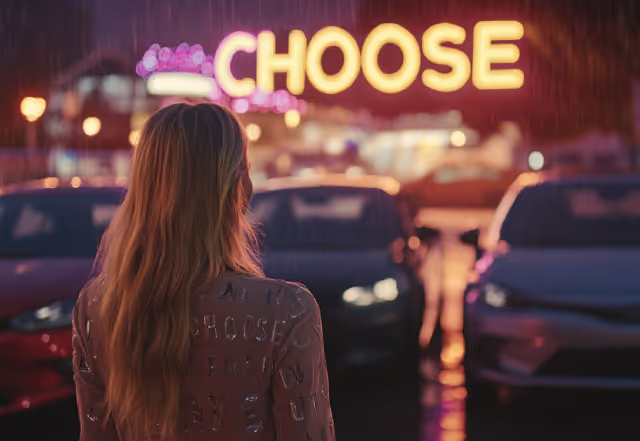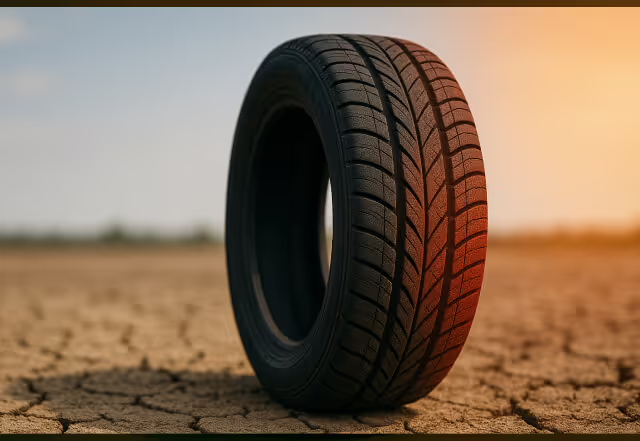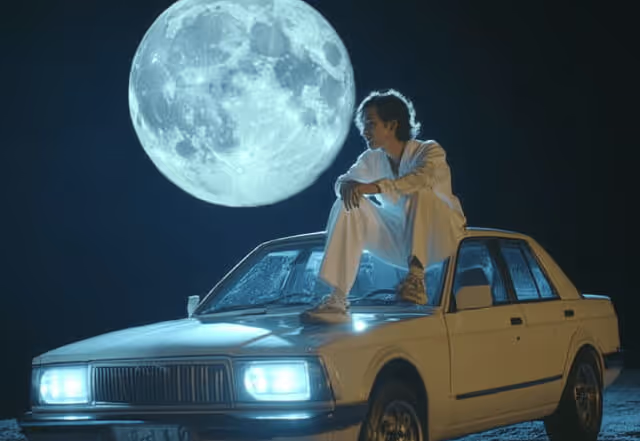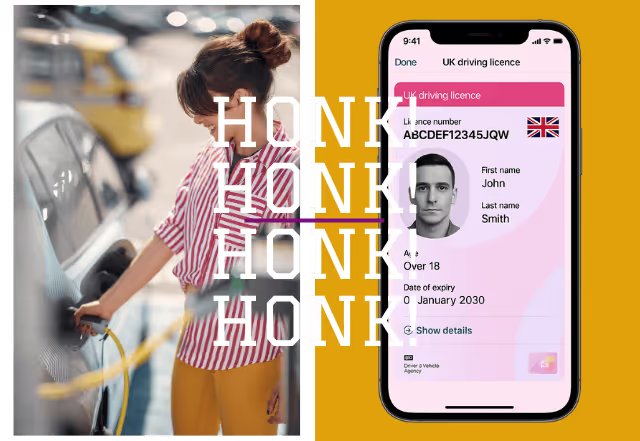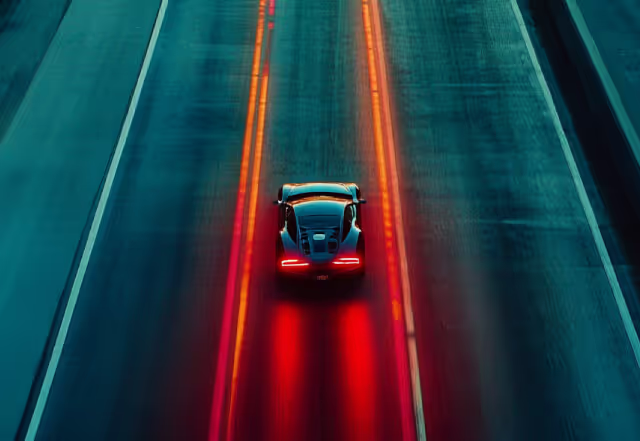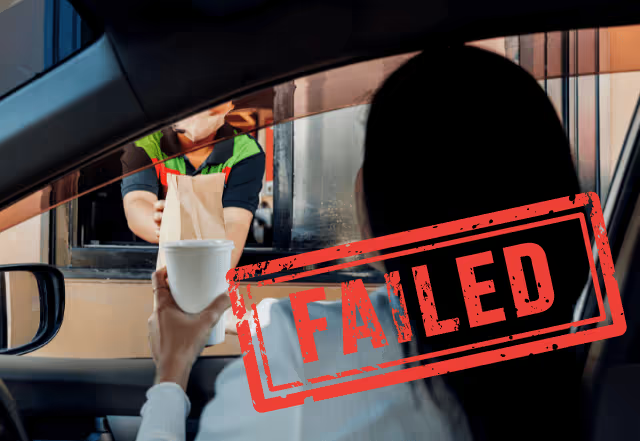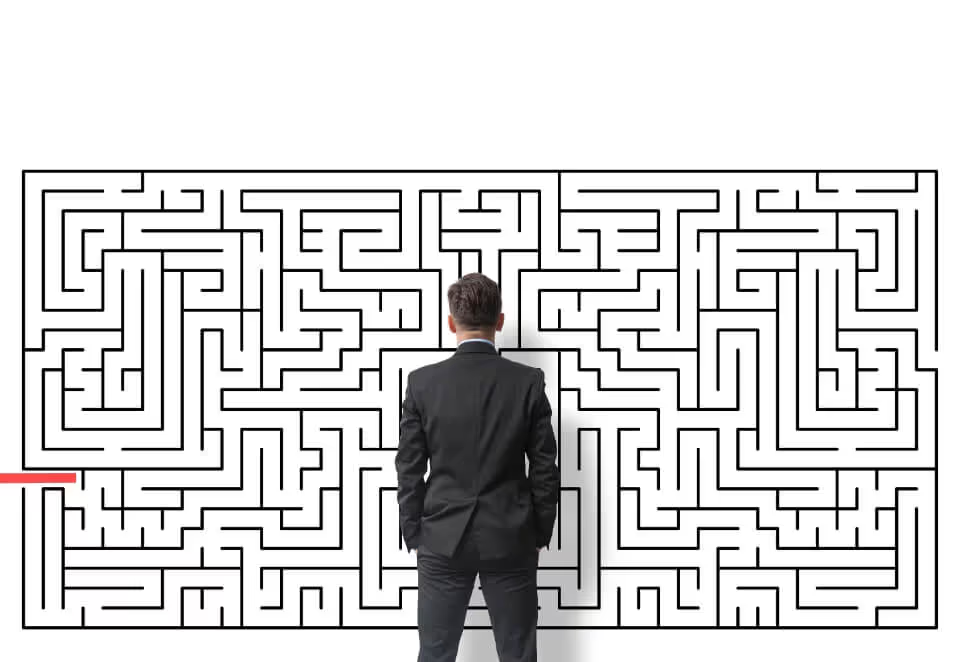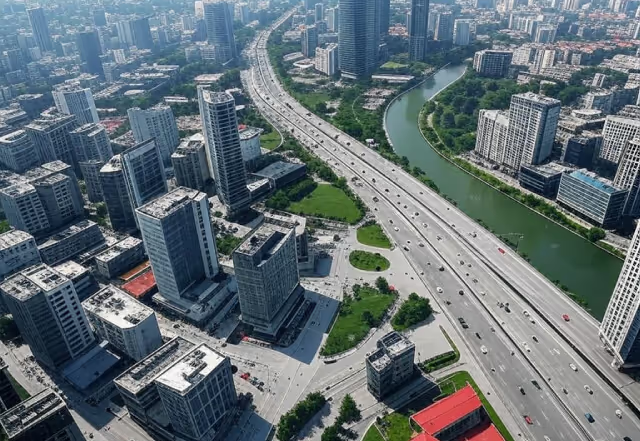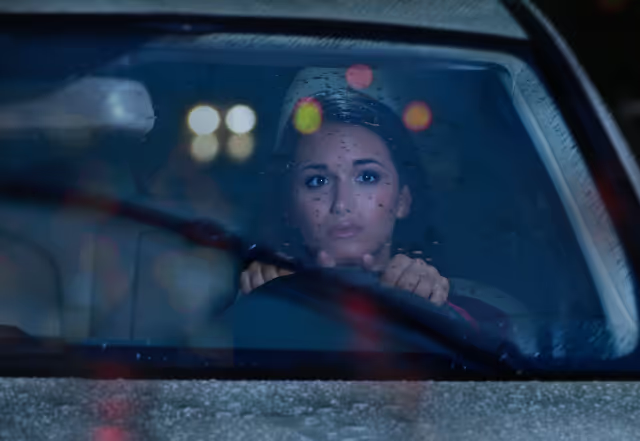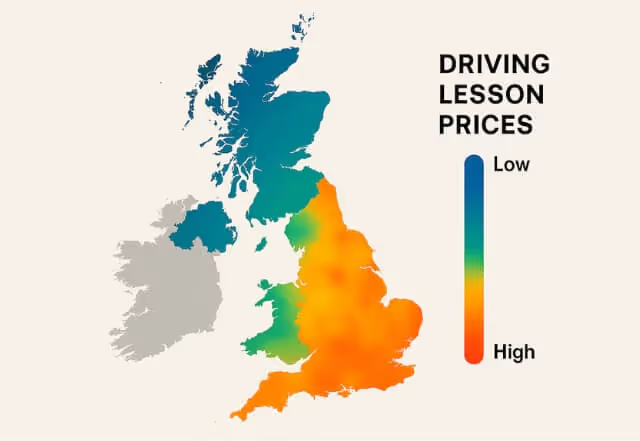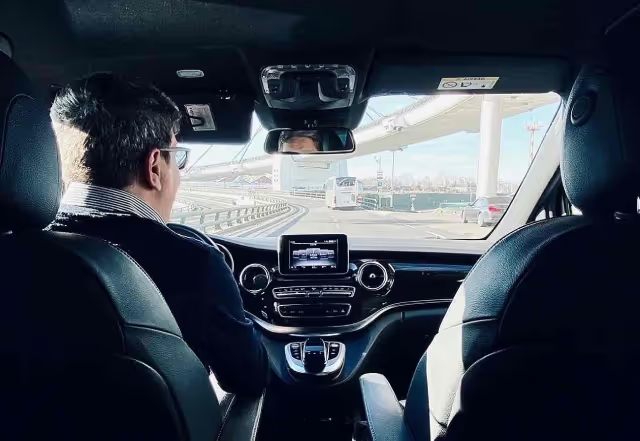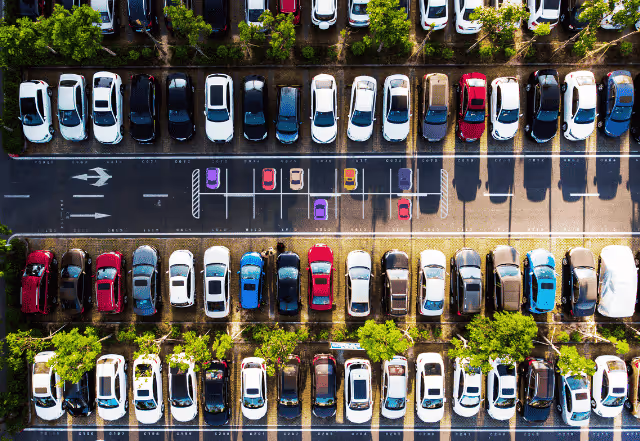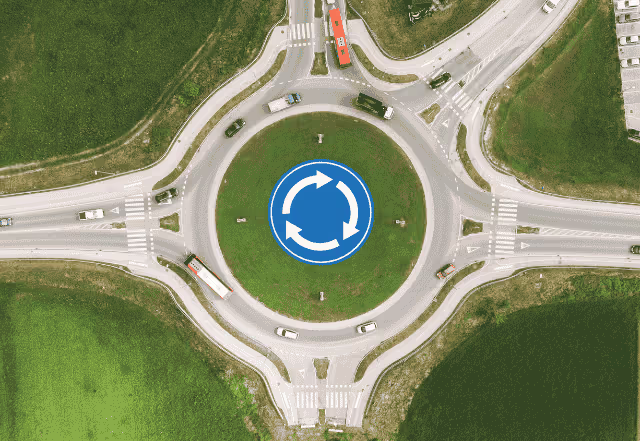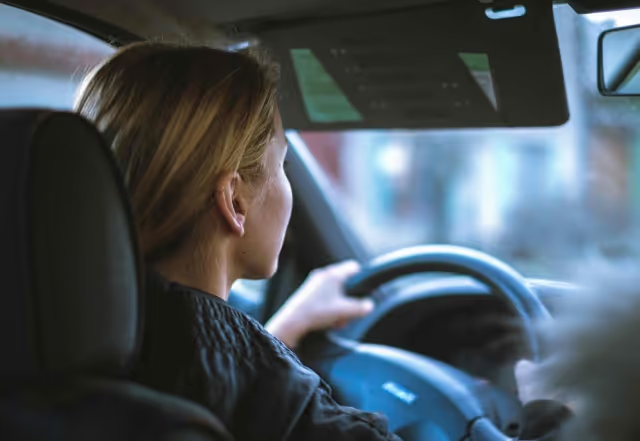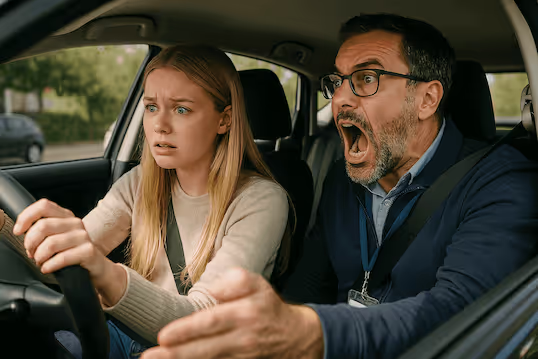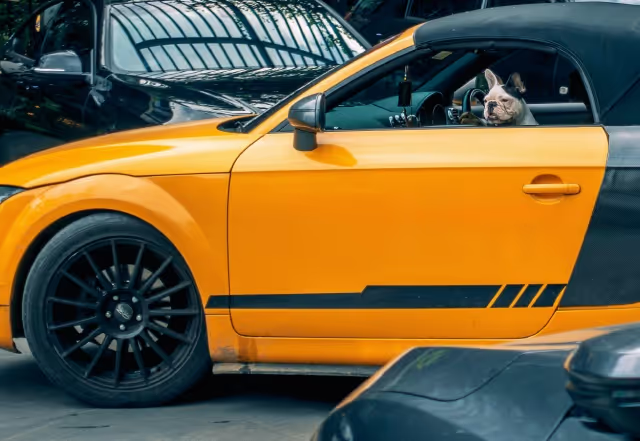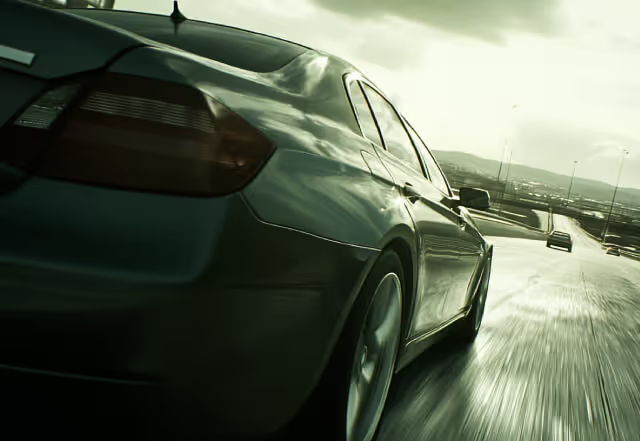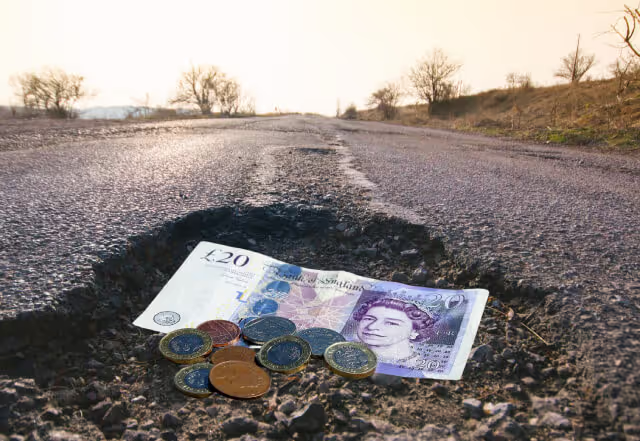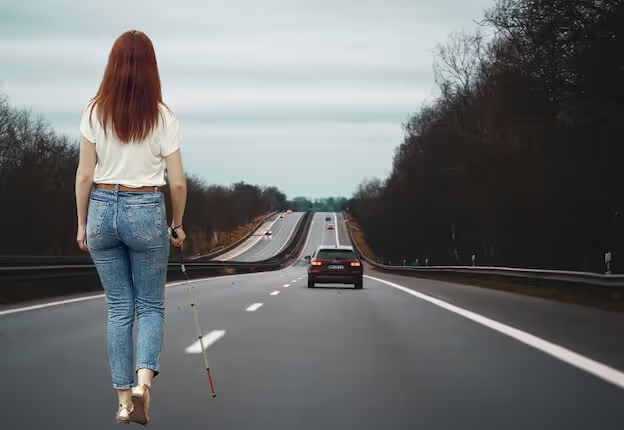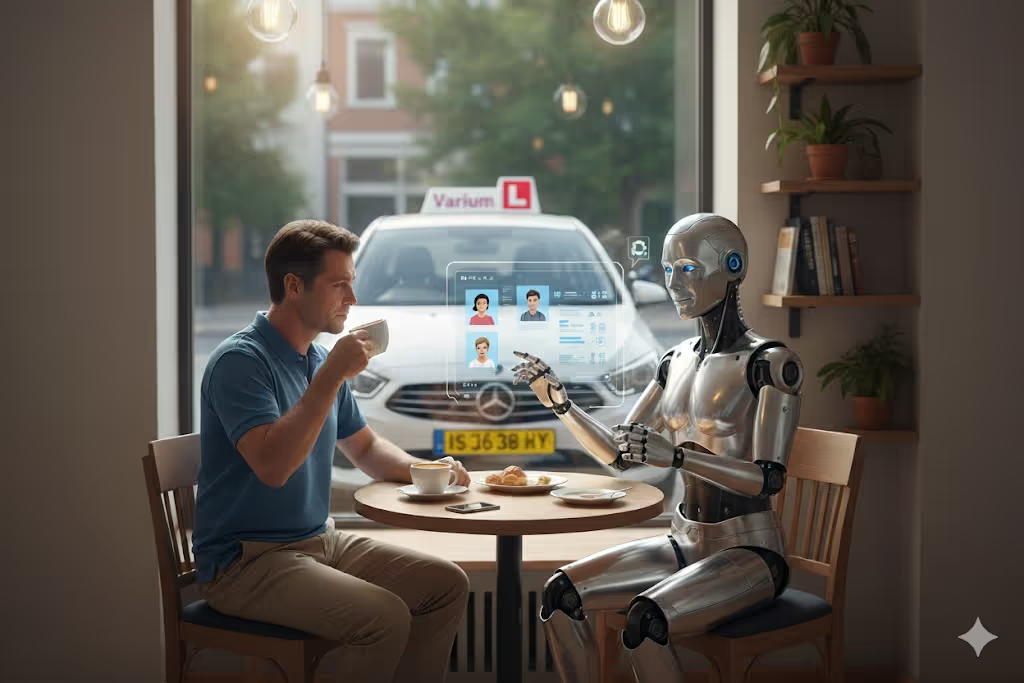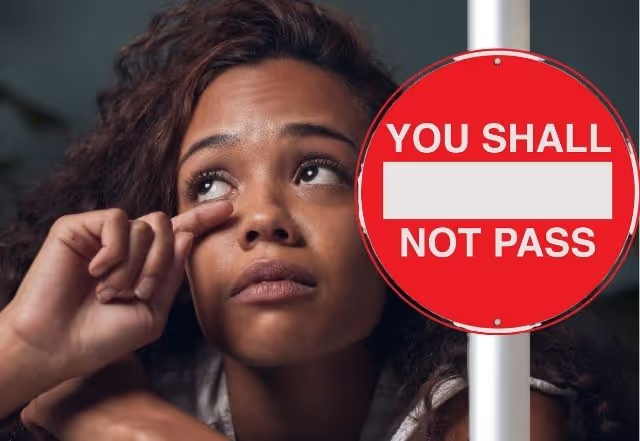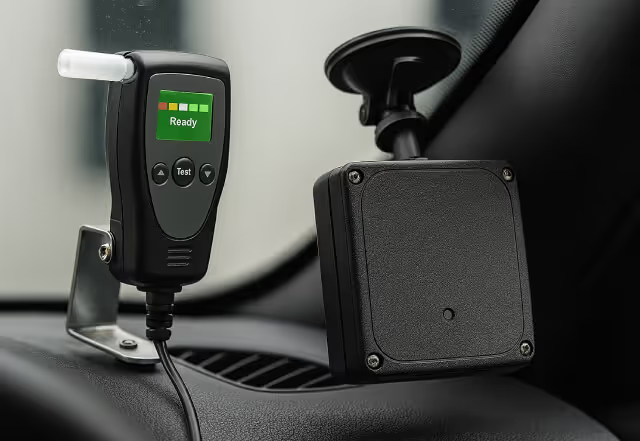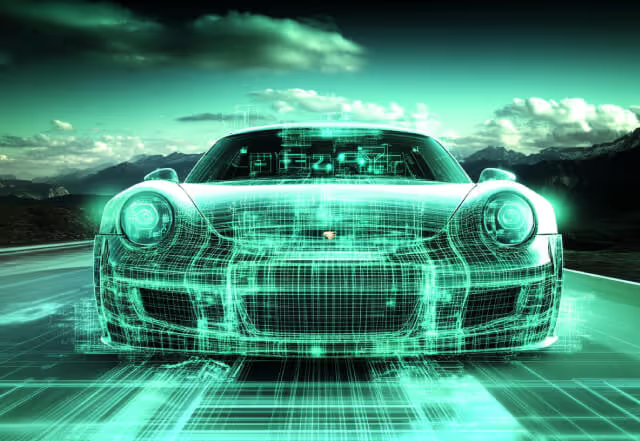With great horsepower, comes great responsibility. Driving is not just about controlling a machine, it’s about ensuring the safety of everyone around you such as other drivers and passengers, motorcyclists, pedestrians, and other road users. Your most loyal friend will be your own eyes and ears. And maybe cars with some artificial intelligence can help you out, but even those cars won’t be able to replace human judgment completely.
You have to develop a sixth sense. Because you first learn how to look, and then you learn how to absorb what you see, so you can interpret everything around you. From the sudden stop of a car in front of you, to the pedestrian stepping off the curb without looking - you have to drive defensively. Every glance carries weight. Maybe even the weight to save someone, someday.
And the more you drive, the more you see and therefore, the more your brain processes and continuously learns. The more you see, the less likely it is you make an error, small or big. And experience will increase the so-called ‘peripheral vision’. Sounds fancy, it’s not. It means that you are able to detect movements and hazards outside of your direct line of sight. Imagine driving through an intersection and catching a glimpse of a speeding car out of the corner of your eye. That split-second awareness can prompt you to brake and avoid a potentially devastating accident.
And don’t forget about your mirrors! Mirrors are more than just reflective surfaces, they are extensions of your vision. Regularly checking your mirrors keeps you informed about the actions of vehicles behind and beside you. For instance, before changing lanes, a quick glance at your mirrors can reveal a fast-approaching car, prompting you to delay the maneuver and avoid a collision. Effective use of mirrors creates a comprehensive picture of your surroundings, enabling informed decisions and safe driving practices.

